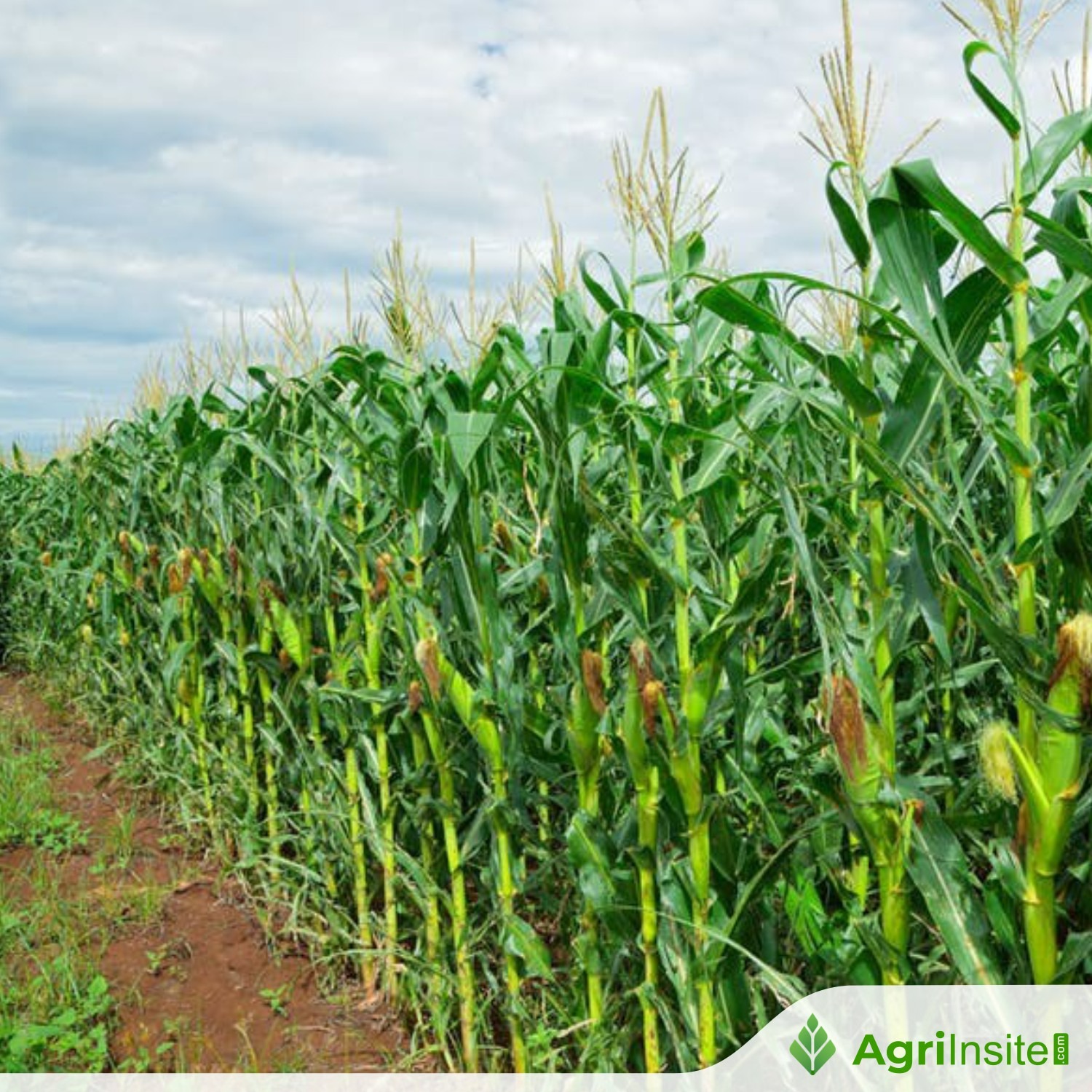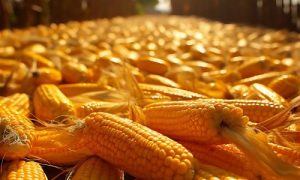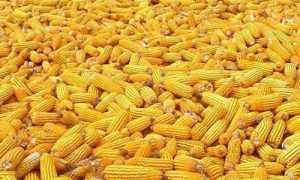Maize and other Vital Crops Can Control Water Loss Without Relying on Stomata

Researchers have discovered that maize, sorghum, and proso millet—key C4 crops—can manage water loss without relying on their typical stomatal pores. This nonstomatal control of transpiration helps these plants maintain photosynthesis and reduce water loss, even under stressful, dry conditions. The findings, published in PNAS, reveal new insights into plant adaptation to climate change and water-use efficiency, potentially improving crop resilience in arid environments.
Scientists have discovered that certain plants can survive stressful, dry conditions by controlling water loss through their leaves without relying on their usual mechanism – tiny pores known as ‘stomata’.
Nonstomatal control of transpiration in maize, sorghum, and proso millet – all C4 crops which are critical for global food security – gives these plants an advantage in maintaining a beneficial microclimate for photosynthesis within their leaves.
This allows the plants to absorb carbon dioxide as part of the photosynthesis and growth process, despite raised temperatures and increased atmospheric demand for water without increasing the water expenditure.
Publishing their findings today (16 Sep) in PNAS, researchers from the University of Birmingham, Australian National University, Canberra, and James Cook University, Cairns, challenge traditional understanding of plant transpiration and photosynthesis under stressful and dry growing conditions – namely that stomata alone control leaf water loss.
Co-author Dr Diego Márquez, from the University of Birmingham, commented: “This revolutionised our understanding of plant-water relations by showing that nonstomatal control of transpiration limits water loss without compromising carbon gain—challenging what is typically accepted as an unavoidable trade-off.
The study confirms that C4 plants maintain reduced relative humidities in the substomatal cavity, down to 80% under vapour pressure deficit (VPD) stress, reducing water loss and highlighting a critical role of nonstomatal control in water-use efficiency.
This mechanism helps plants sustain photosynthesis by reducing water loss without significantly lowering intercellular CO2 levels for photosynthesis. This is crucial for maintaining growth and ensuring that the crops thrive.
The findings also suggest that nonstomatal control mechanisms may have evolved before the divergence of C3 and C4 photosynthetic pathways, indicating a shared evolutionary trait.
“Our research reframes understanding of water-use efficiency in C4 plants and reveals that this alternative mechanism helps plants continue to grow and capture carbon dioxide, even when atmospheric water demand is high, challenging traditional assumptions about how these plants survive droughts,” added Dr Márquez.
Photosynthesis is how plants use light and carbon dioxide to make sugars for growth, using an enzyme called Rubisco. Plants use the carbon dioxide that enters through open stomata to produce sugar, whilst open stomata also let water vapour out.
While C3 plants rely only on CO2 diffusion through their stomata for carbon gain, C4 plants possess specialised leaf structures and enzymes that concentrate carbon dioxide around Rubisco, enhancing their photosynthetic performance and water-use efficiency. However, this benefit comes with a trade-off, as these plants are vulnerable to substantial photosynthesis reduction when the stomata close. Therefore, the nonstomatal mechanism is crucial in ensuring their success in controlling water loss while allowing stomata to remain open.
















